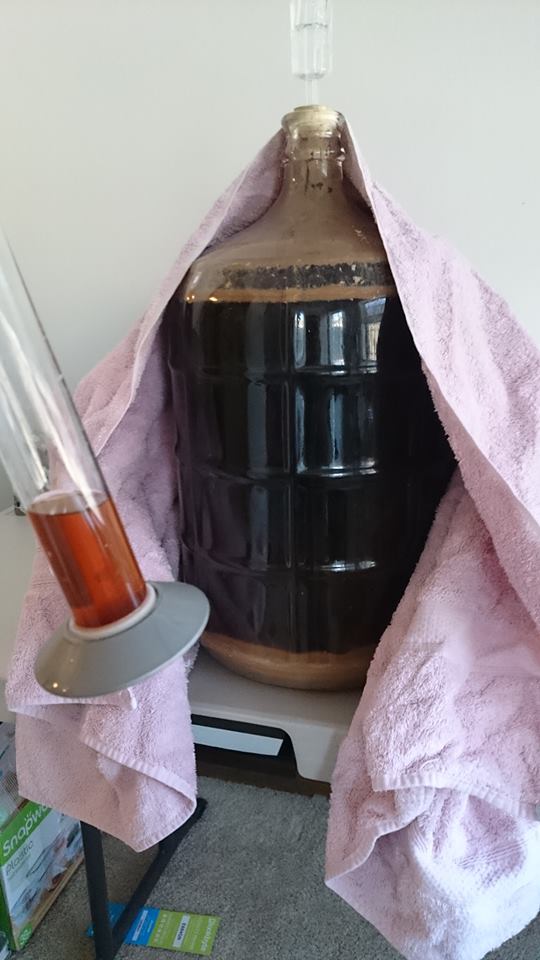When you add oak into these beers, do you let the oak sit in water or beer or whatever for a week or two before putting it into the secondary for... the duration of the secondary aging process? How long do you leave the oak in there? I'm thinking of using american or french oak cubes.
Thanks!
If I used WLP530 and WLP001 in primary then racked to secondary onto rosalare... how different would the two versions be?
i put some red wine in a mason jar along with oak cubes then put it in a pressure cooker until it got to max pressure for a minute. i vented the cooker, got it open, screwed the lid shut and let it sit on the counter for a couple of weeks. this killed any weird bugs that may have been in the wood and pushed the wine deep into the wood. i dropped the chunks into the better bottle (after the ropey phase had cleared up), they have been in there for 3+ months and the sour tastes fantastic so far.


























![Craft A Brew - Safale S-04 Dry Yeast - Fermentis - English Ale Dry Yeast - For English and American Ales and Hard Apple Ciders - Ingredients for Home Brewing - Beer Making Supplies - [1 Pack]](https://m.media-amazon.com/images/I/41fVGNh6JfL._SL500_.jpg)
































